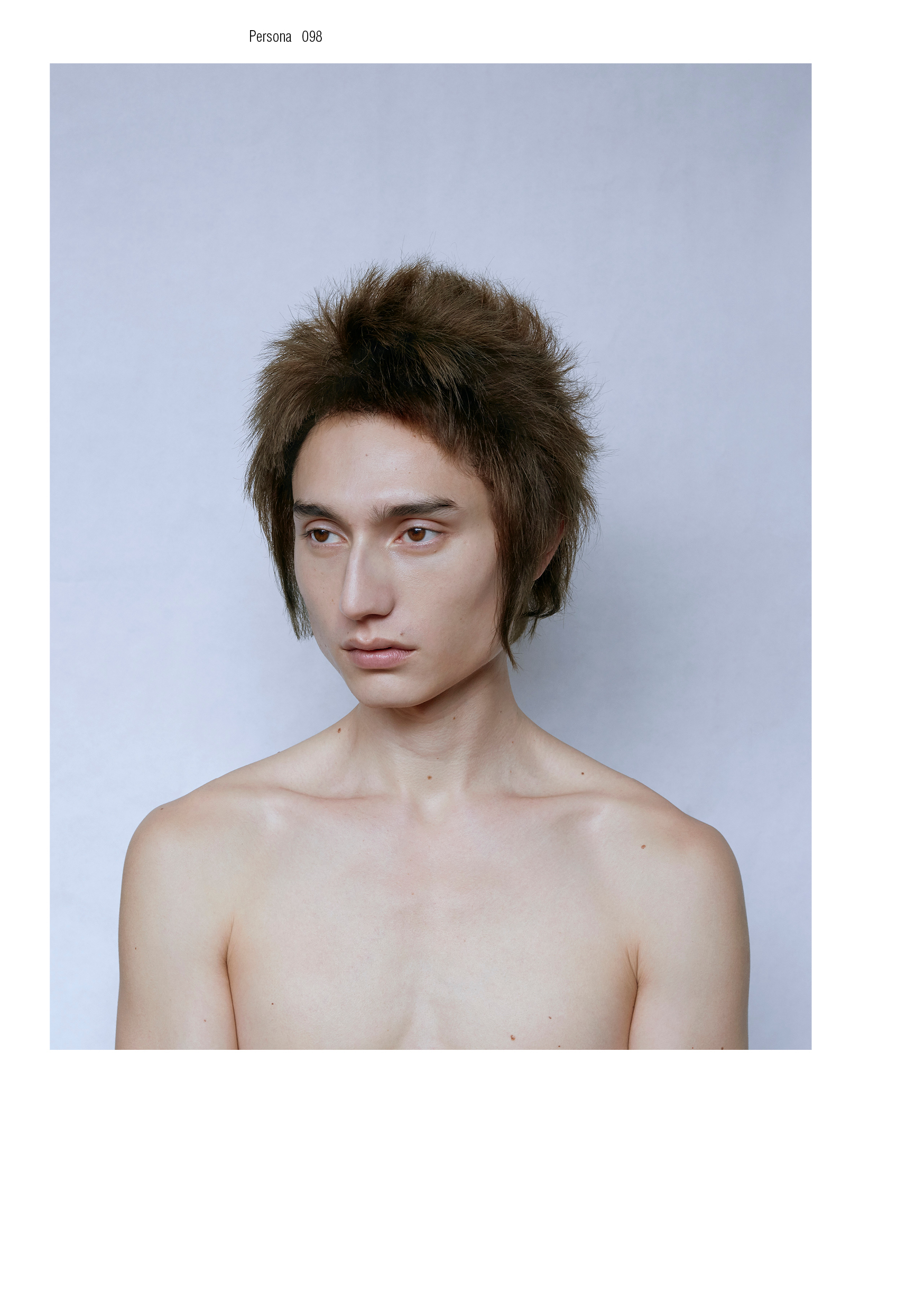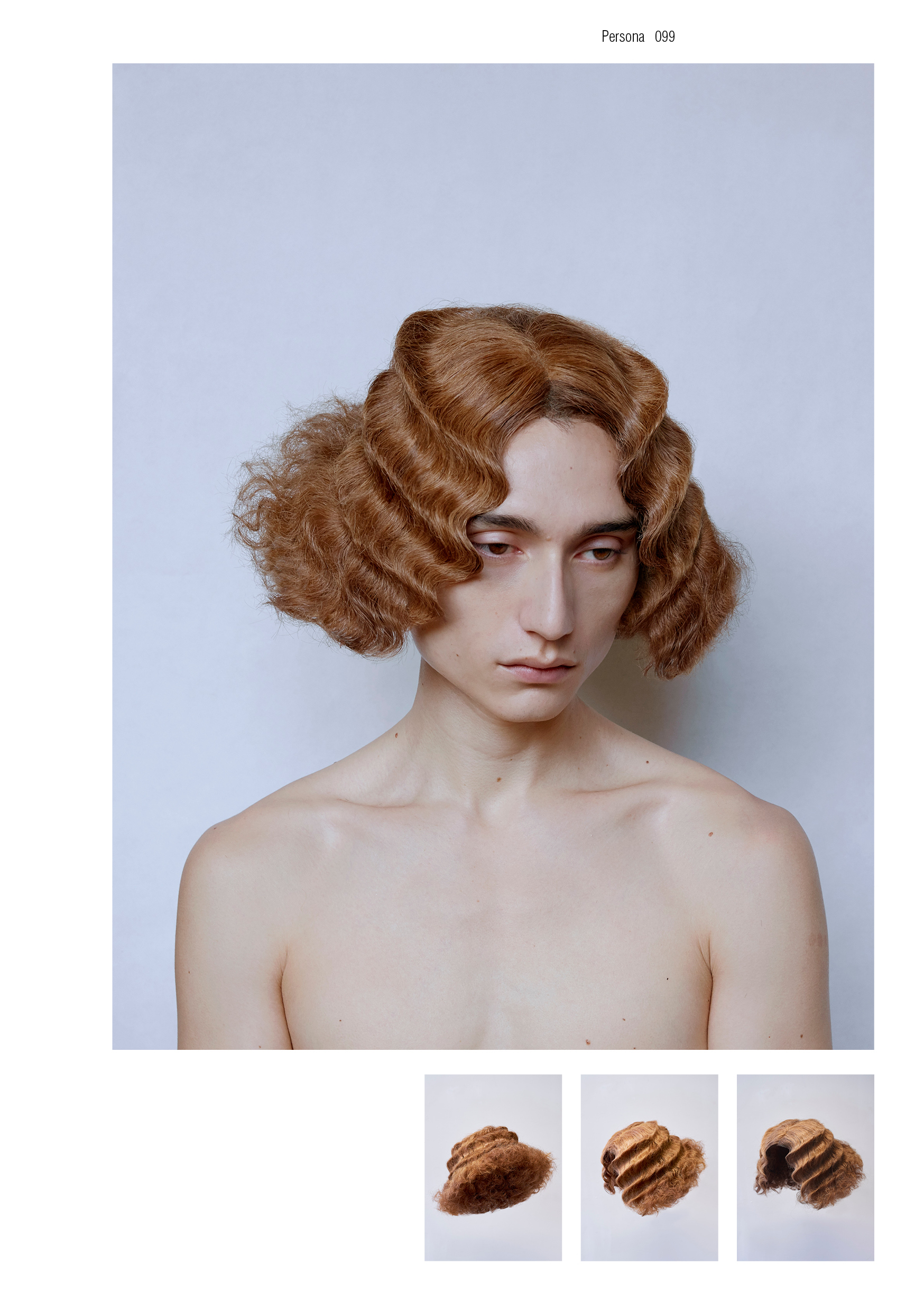Color Me Bad
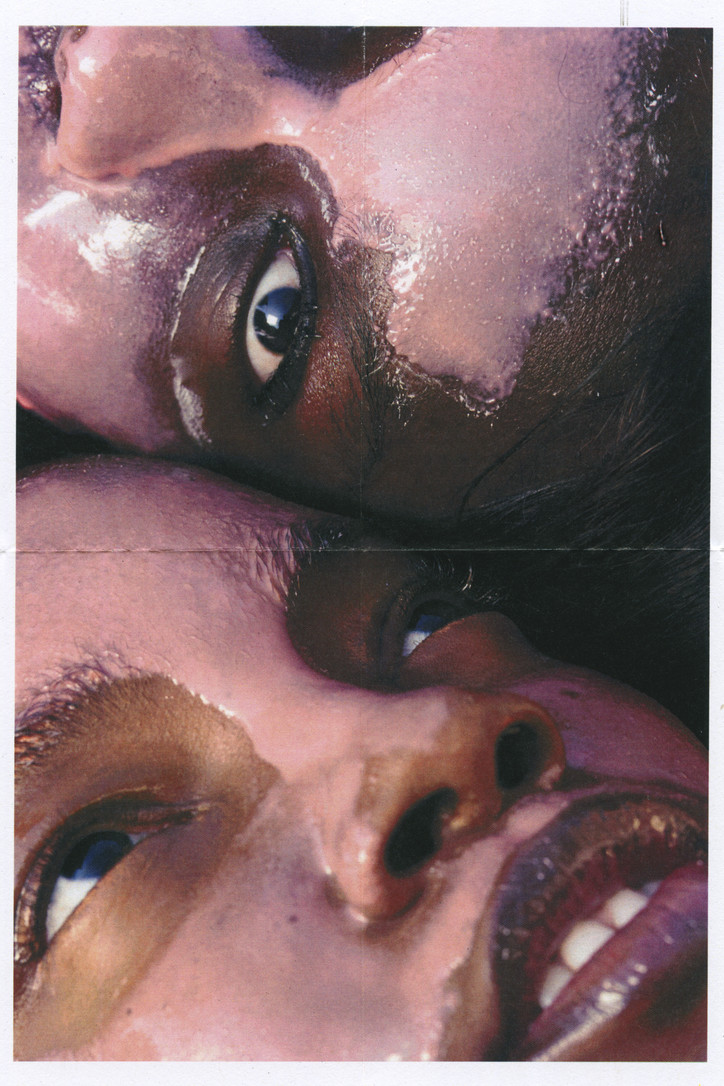
Follow @officebeautynyc for more interviews with our favorite makeup artists, Instagram beauty gurus, club kids and inside info from our office Beauty Committee.
Stay informed on our latest news!

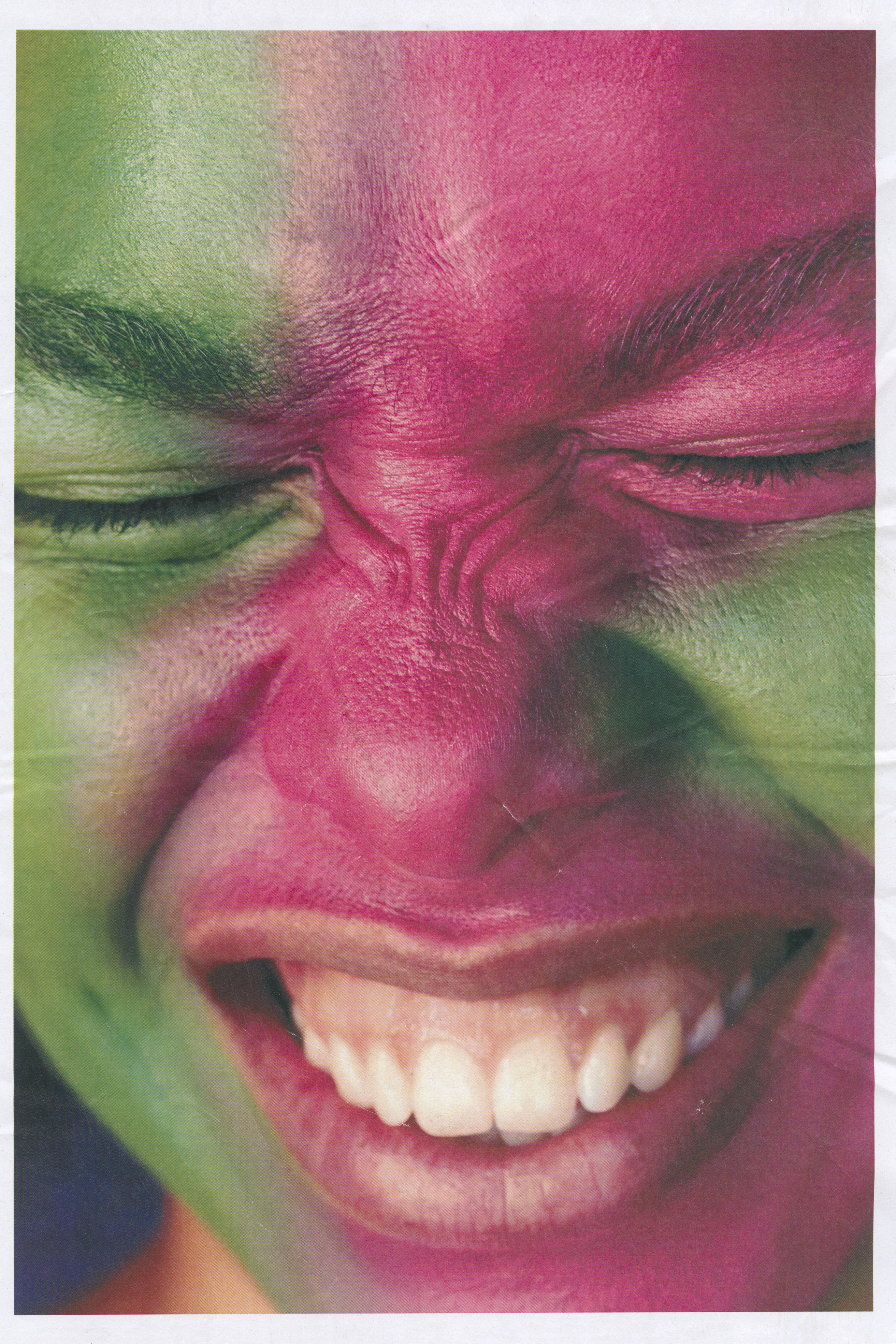

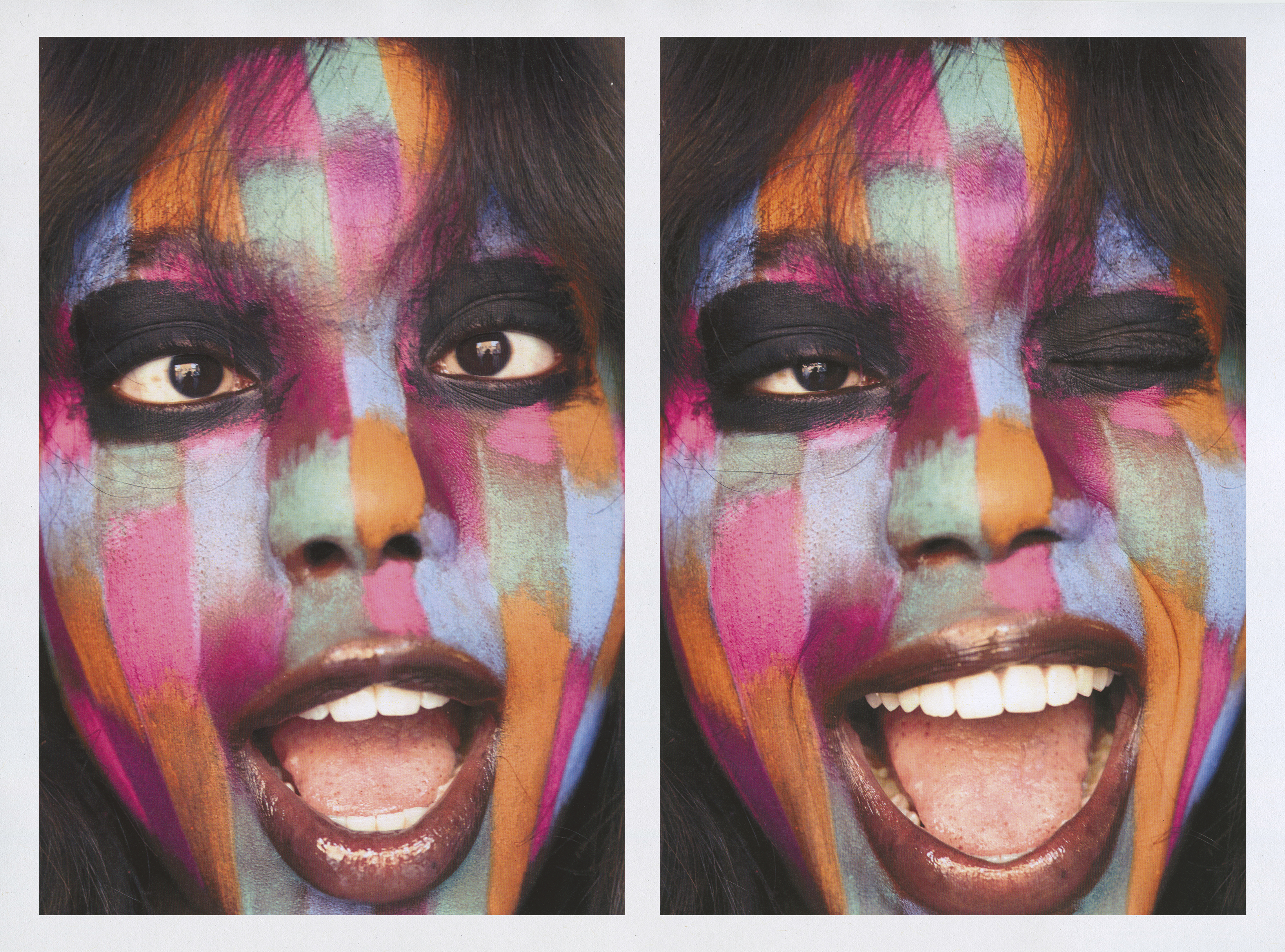
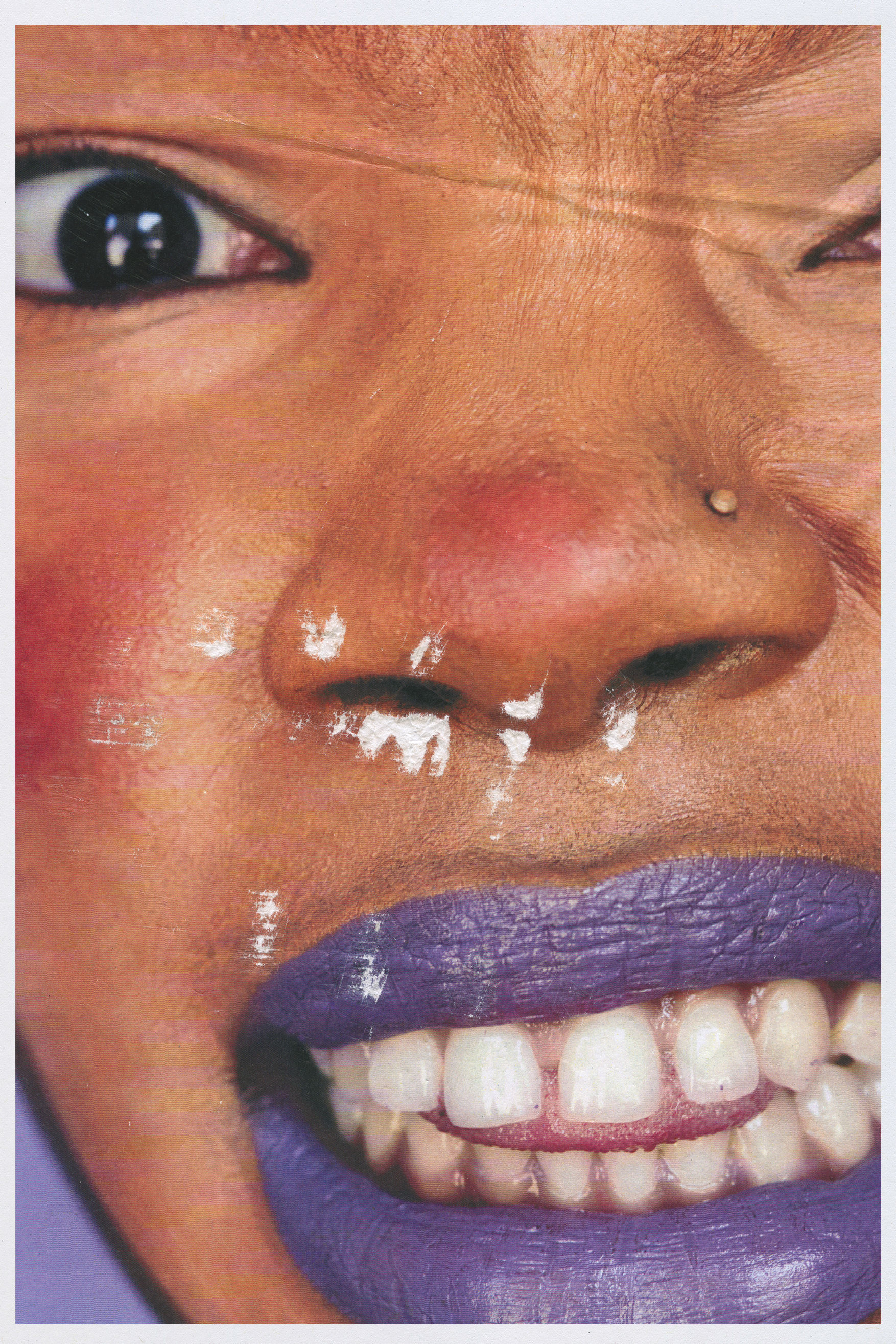

Follow @officebeautynyc for more interviews with our favorite makeup artists, Instagram beauty gurus, club kids and inside info from our office Beauty Committee.
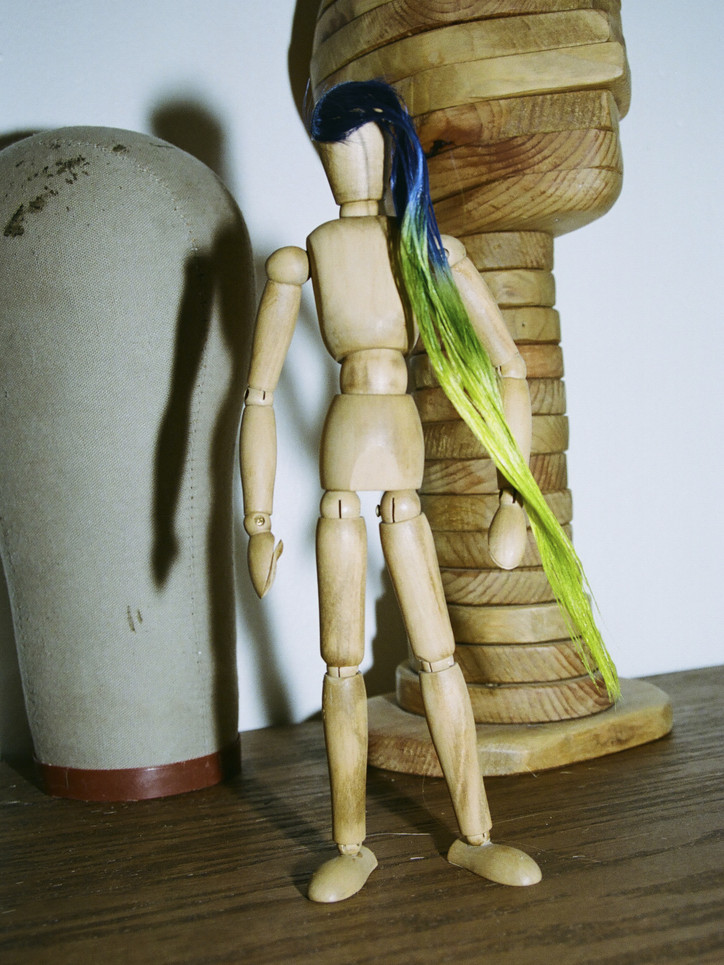
Perhap's our most fitting judge for this round, renowned hair artist Akki Shirakawa moves up from face masks to hair wax. Follow along as he reviews three styling waxes this week on office Beauty Committee. Without futher ado, the all-natural, non-toxic contenders are: Less is More's "Honey Mask," BluMaan's "Monarch Matte Paste," and NO GUNK's "Styling Funk."
Which one has the best name?
Less is More's "Honey Wax."
If you had to use this product on another place instead of your hair, where would it be?
Actually, I already used hair wax on my wooden handmade furniture, and it's shining great.
You have to eat one—which one?
To be honest, nobody wants to eat these products even though they're non-toxic.
Best part of every product?
All products are non-toxic, so my sensitive skin will not cause any problems.
Which one are you most likely to use yourself?
Less is More's "Honey Wax."
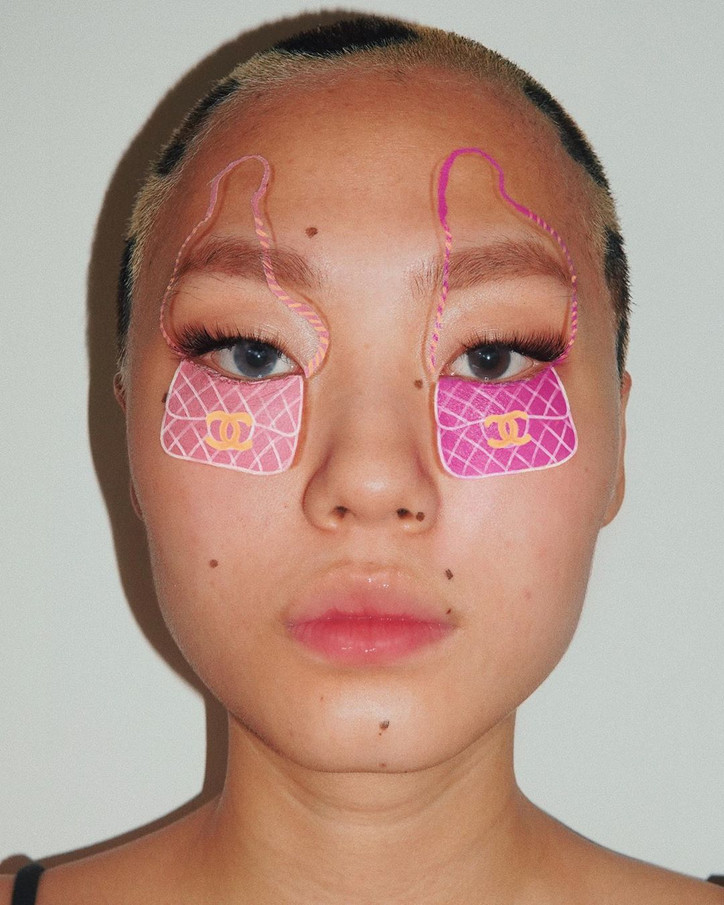
The artist gave office Beauty the lowdown on global beauty standards, Instagram, and the significance of surrounding oneself with people that help bring visions to life.
Kick it with Kicki down below.
You are a child of the world. How does your Chinese background inspire your art and makeup?
I think China has an amazing rich culture, and even though I grew up mostly in Germany, I have a deep connection to it thanks to my mom. I include Chinese signs and patterns all the time in my art and makeup. Recently I’ve done one inspired by Chinese opera masks. I want to show people how beautiful the culture is but reinterpret it in a more modern way and eventually mix it with elements more common in the west. Because that’s what I am, I am a mix of east and west, and I am my art.
What is the biggest difference between Asian and Western beauty standards?
I feel like the Western beauty standard is more to look sexy, with cat-eye makeup, big lips and high cheekbones, while in Asia girls want to look cute, with big eyes, rosy cheeks, and doll-like makeup.
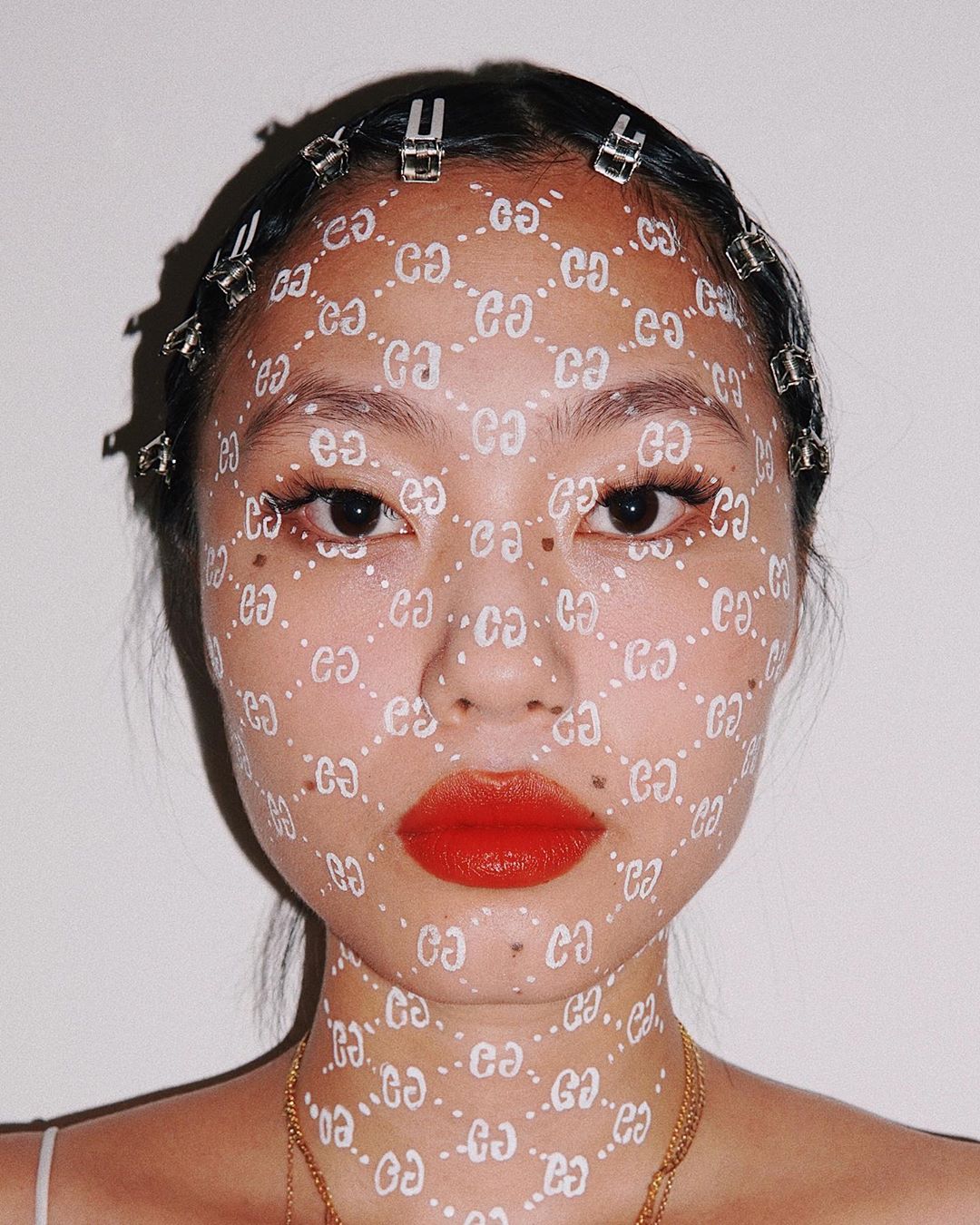
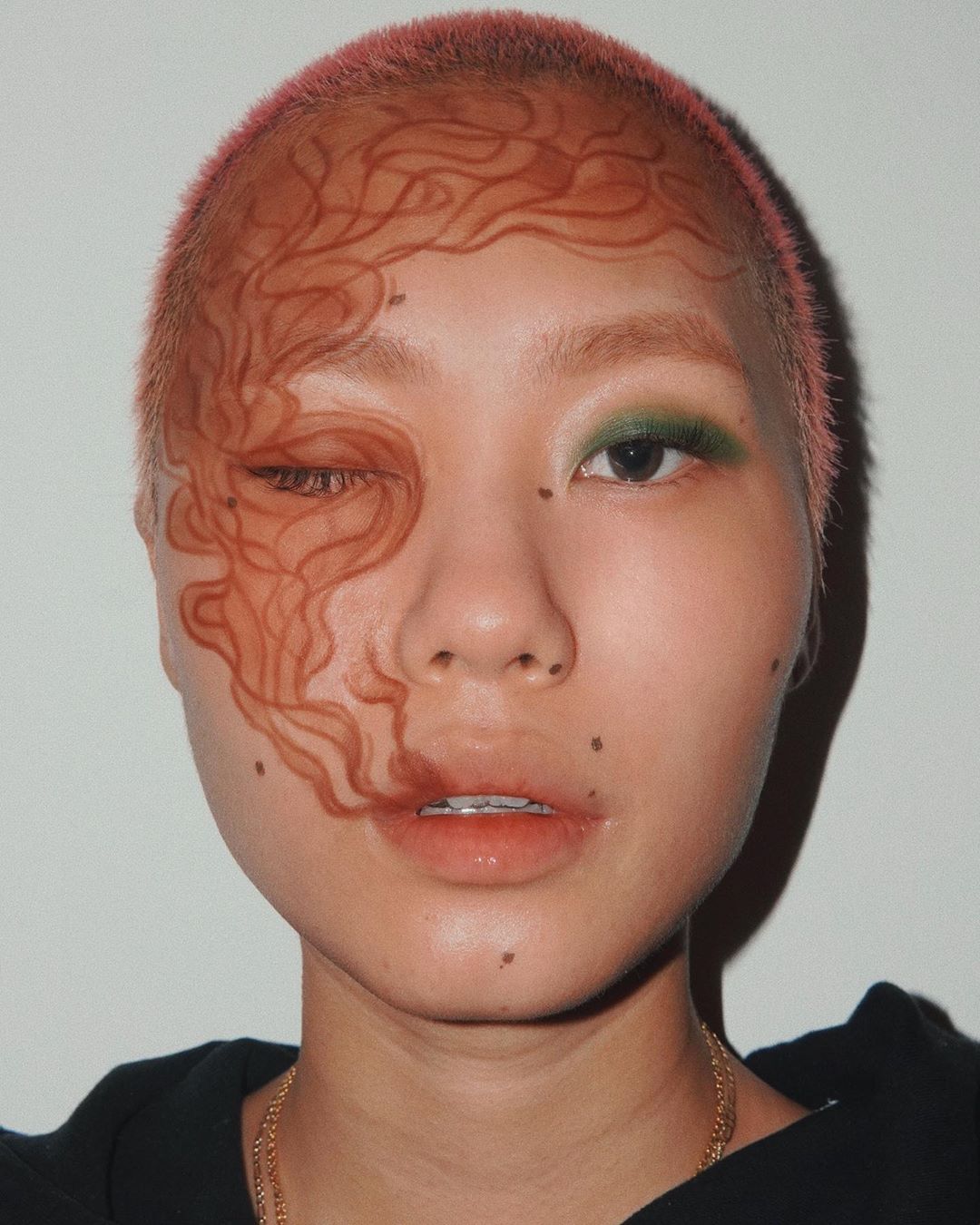
You travel back to Shanghai every other year. Is there a beauty product you always bring with you back to Germany?
I don’t buy beauty products in China, since it’s mostly tested on animals, and I don’t want to support that.
The beauty industry in China is one of the most prominent worldwide, yet it's making its way into Western stores and bathrooms very slowly. Why do you think that is?
One part of it is the animal testing. Also, I think there is still the cliché that products coming from China are cheap and low in quality. With South Korea and Japan in the same east Asian segment, which are both prominent for amazing skin care products and very cute, well-designed packaging, China had no chance until now. But maybe it will change in the next few years. I’m pretty sure the money for better research is there.
Wigs are also a big part of your creative expression. What or who inspired you to wear them?
Credit where credit is due. Black girls did it first, and that’s where my inspiration is coming from.
Fashion week season is starting up. What makeup would you wear to an event this season?
It depends a little bit on my outfit. If my outfit is very “loud,” I tend to wear lighter makeup. But I think you can never go wrong with a colourful, interesting eyeliner.
Do you plan your looks ahead of time, or do you create them on the fly?
I don’t really plan my looks. I have my color palette in front of me, and I let the colours inspire me and just begin. Most of the time, I like how it turns out, but there are also times I don’t like the look and redo everything until I like it. And sometimes, I hate everything that I do that day, so I just leave it and restart the next day with a better mindset. That’s part of being an artist—I allow myself to fail.
How long do some of your more extensive looks take to create?
Usually I’m quite fast, I would say. Most of my looks take around 30 minutes. I think the longest I ever needed for a look was about one and a half hours. It was the Gucci pattern I did on my face, because it included a lot of small lines. And the water waves, because they included a lot of fine lines too.
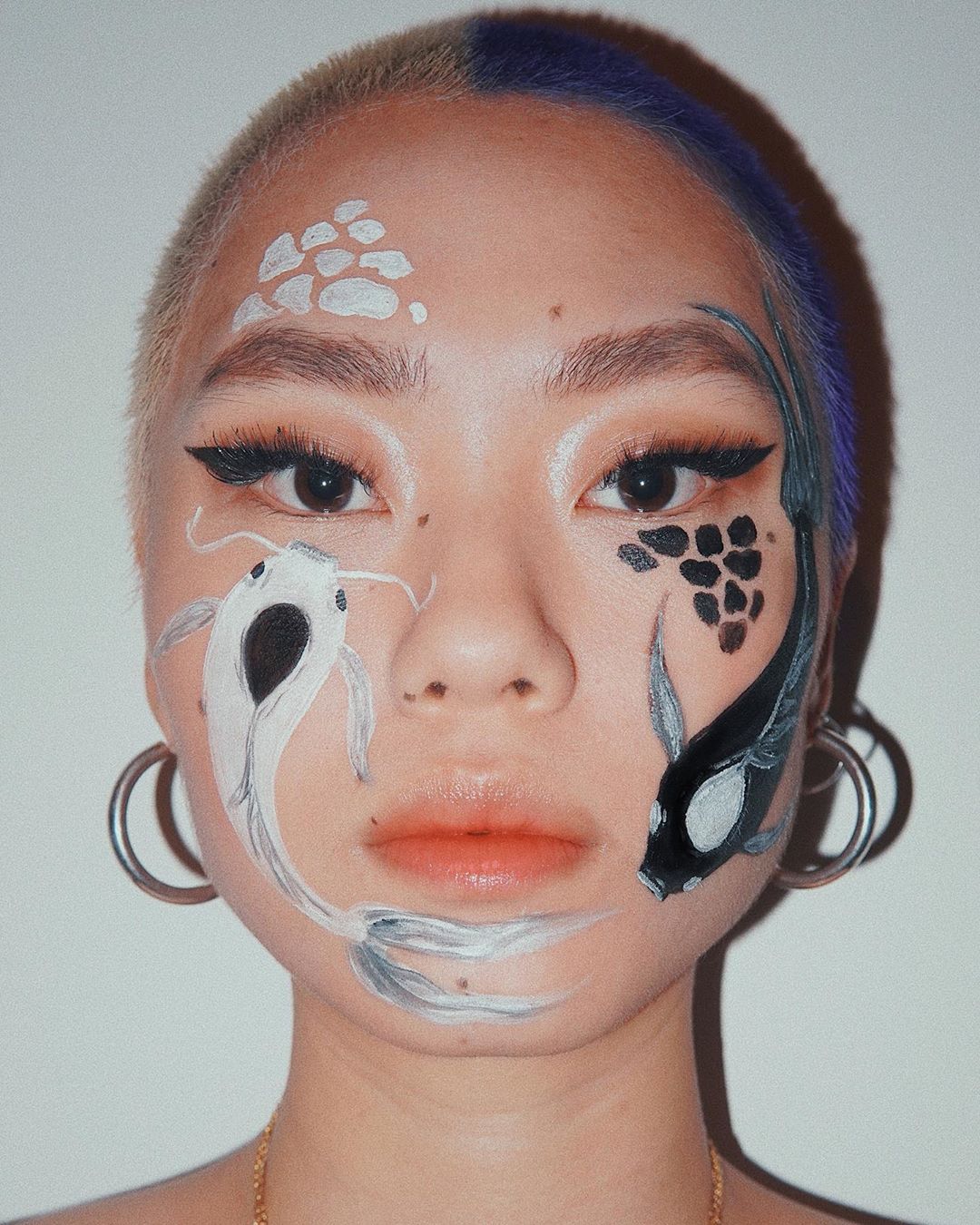
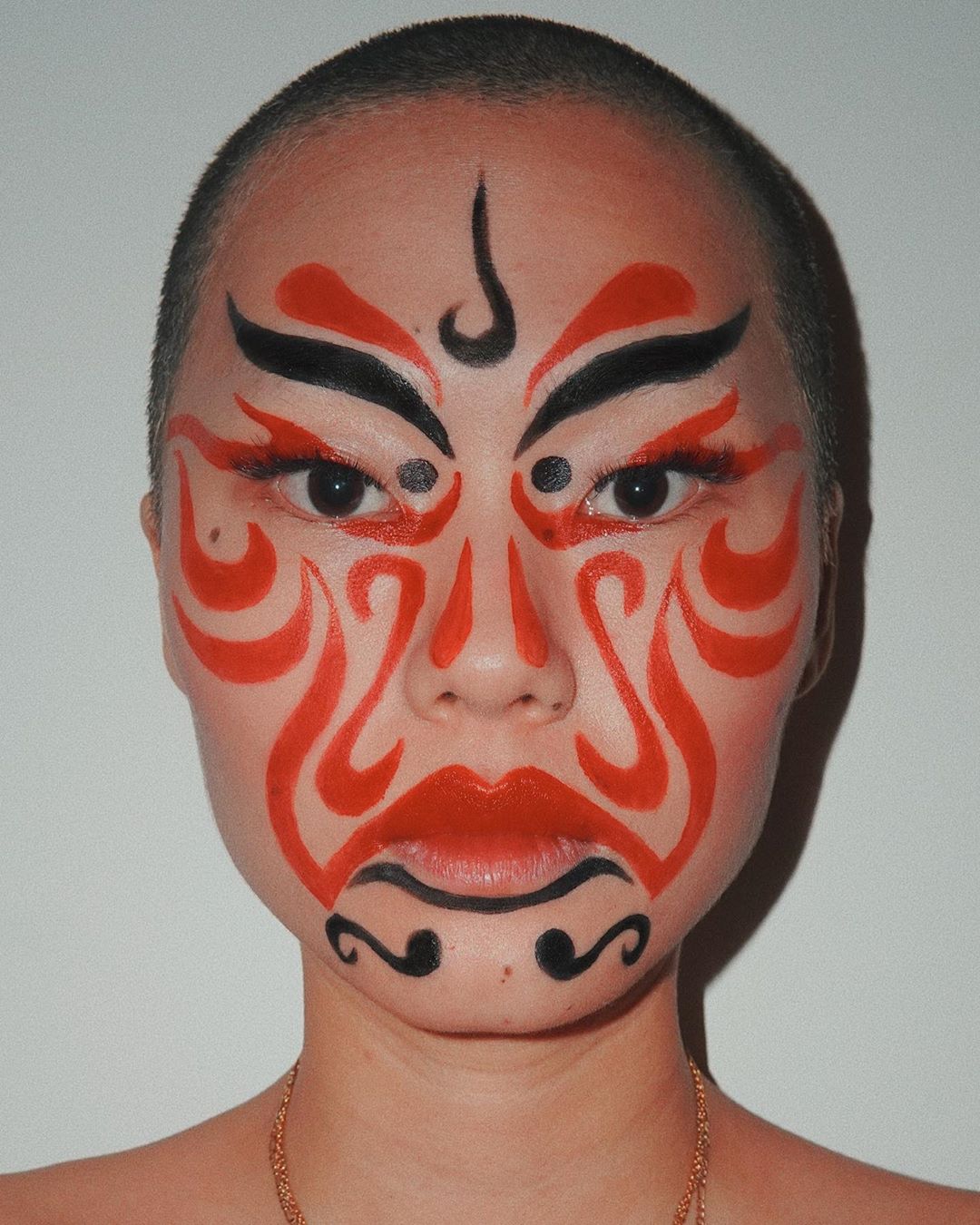
What is the most important thing you learned about beauty?
That it's relative. What I find beautiful isn’t necessary what you find beautiful.
Your Instagram feed looks amazing! How do you curate it like that?
Thank you! Unlike my make up posts I actually plan and pre-produce my other content. I style everything myself, but I’m happy to have an amazing team standing behind me. Even though my Instagram looks like a one-woman show, I have great management and friends who help me with shooting my content. I’m happy I have a team that figured out how to be organised and how to work together without our friendship suffering.
Berlin style is known to be very dark and monochromatic. What inspires your decision to use diverse color schemes?
It’s especially because I’m surrounded by so much gray. I love to have me a splash of color in my life to brighten up my mood. What inspires me are the colors themselves—I love how they can express emotion without doing anything. They just exist, and you still get what they mean.
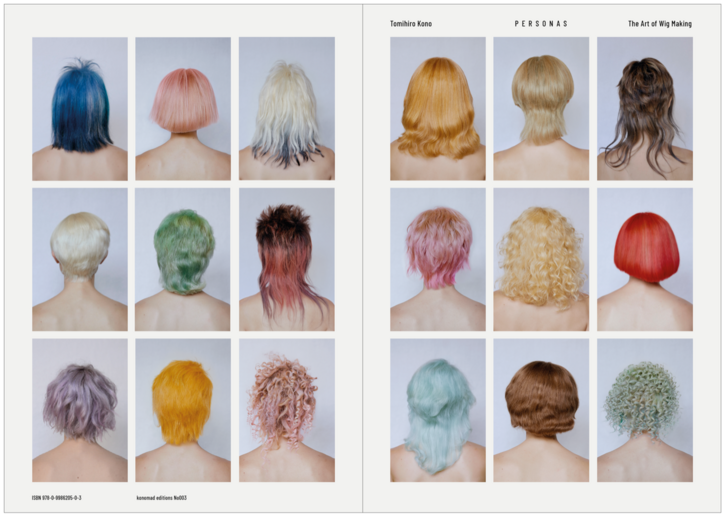
Grab a limited edition copy on konomad for $45. And while you wait for it to come in the mail, check out Kono’s handwritten mini-interview below.
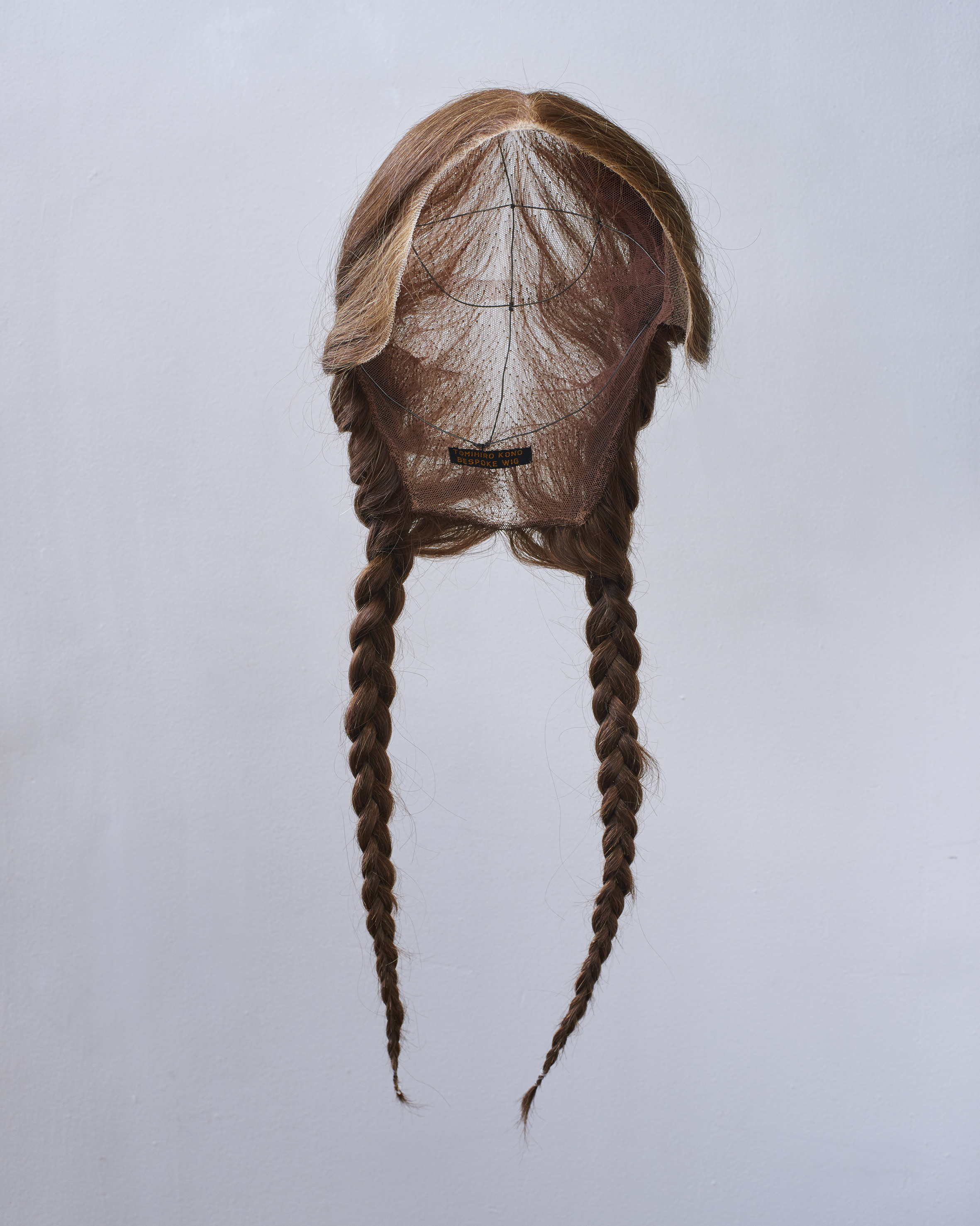

In a modern time where self-realization can be difficult, Kono's work demonstrates that identity can be more than malleable.
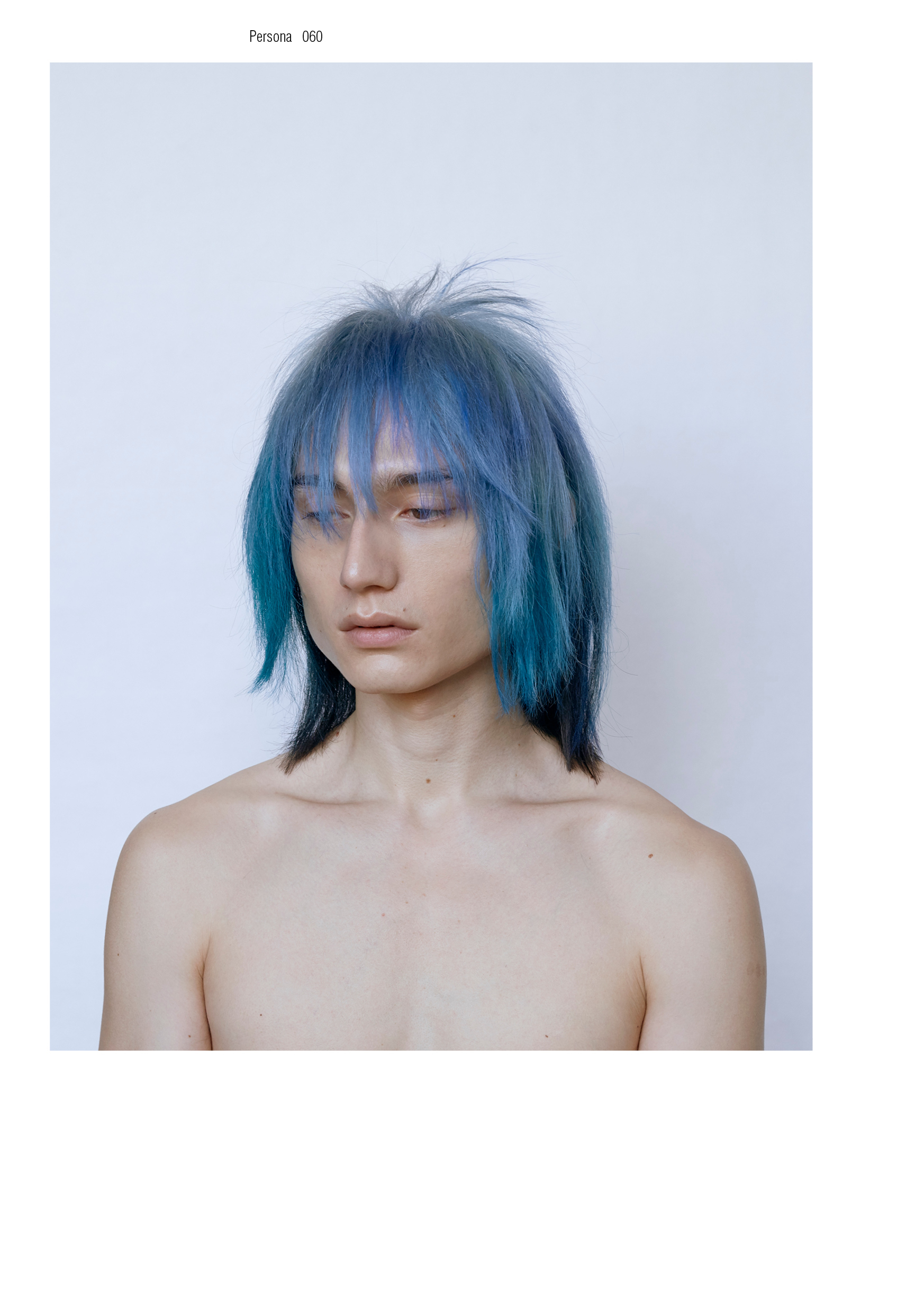
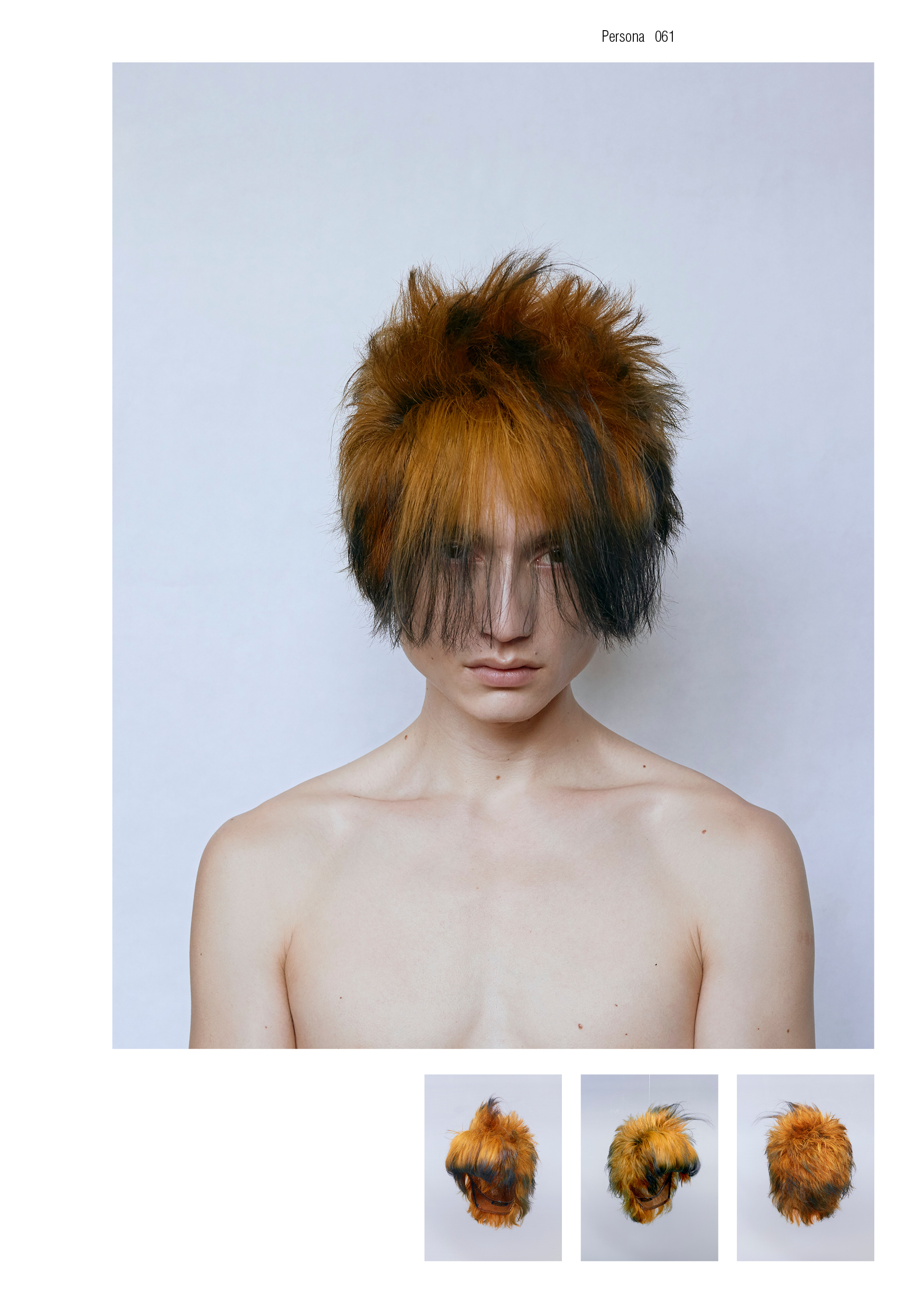
The latest book touches on the power of the wig and its instantaneous ability to lend its wearers the thrill of transformation and identity exploration.
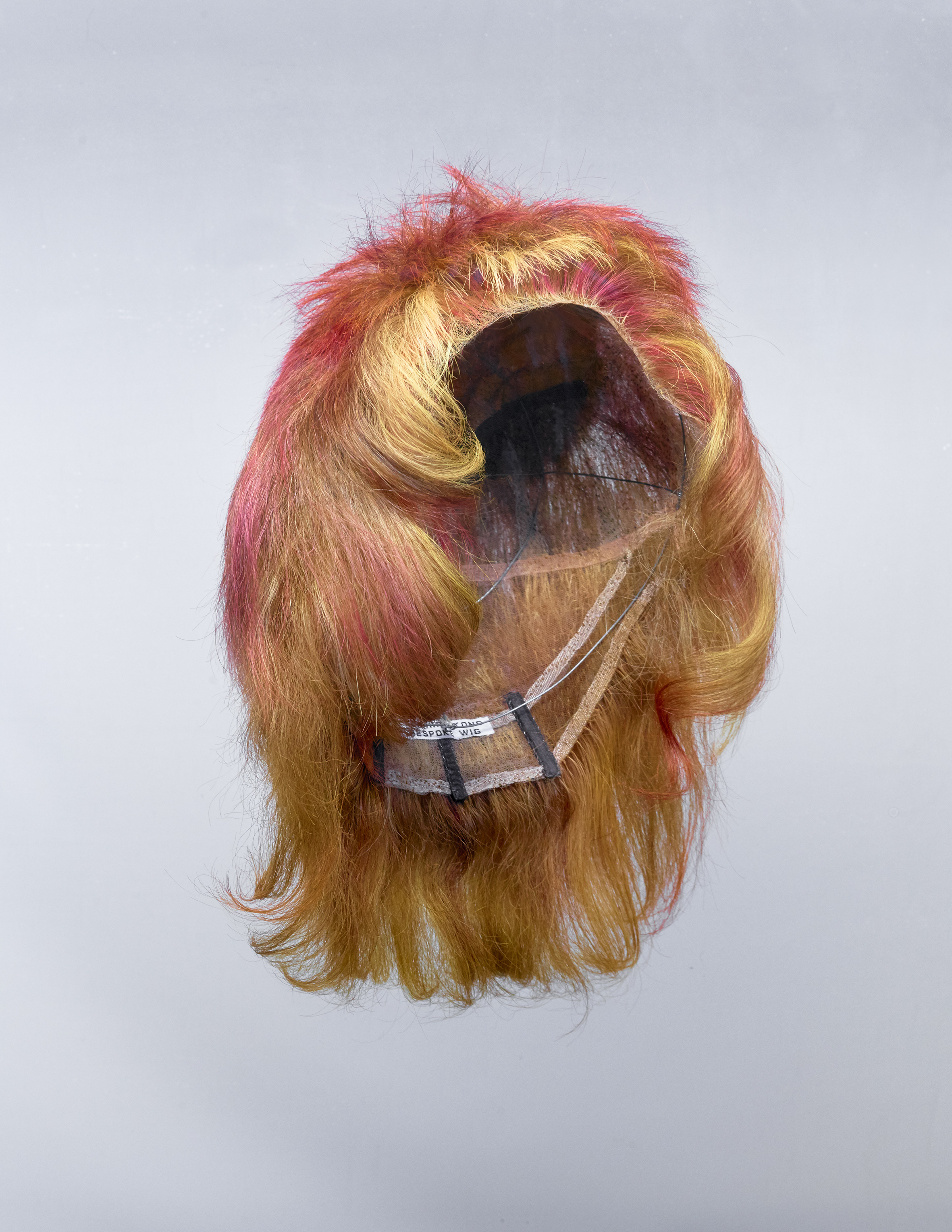
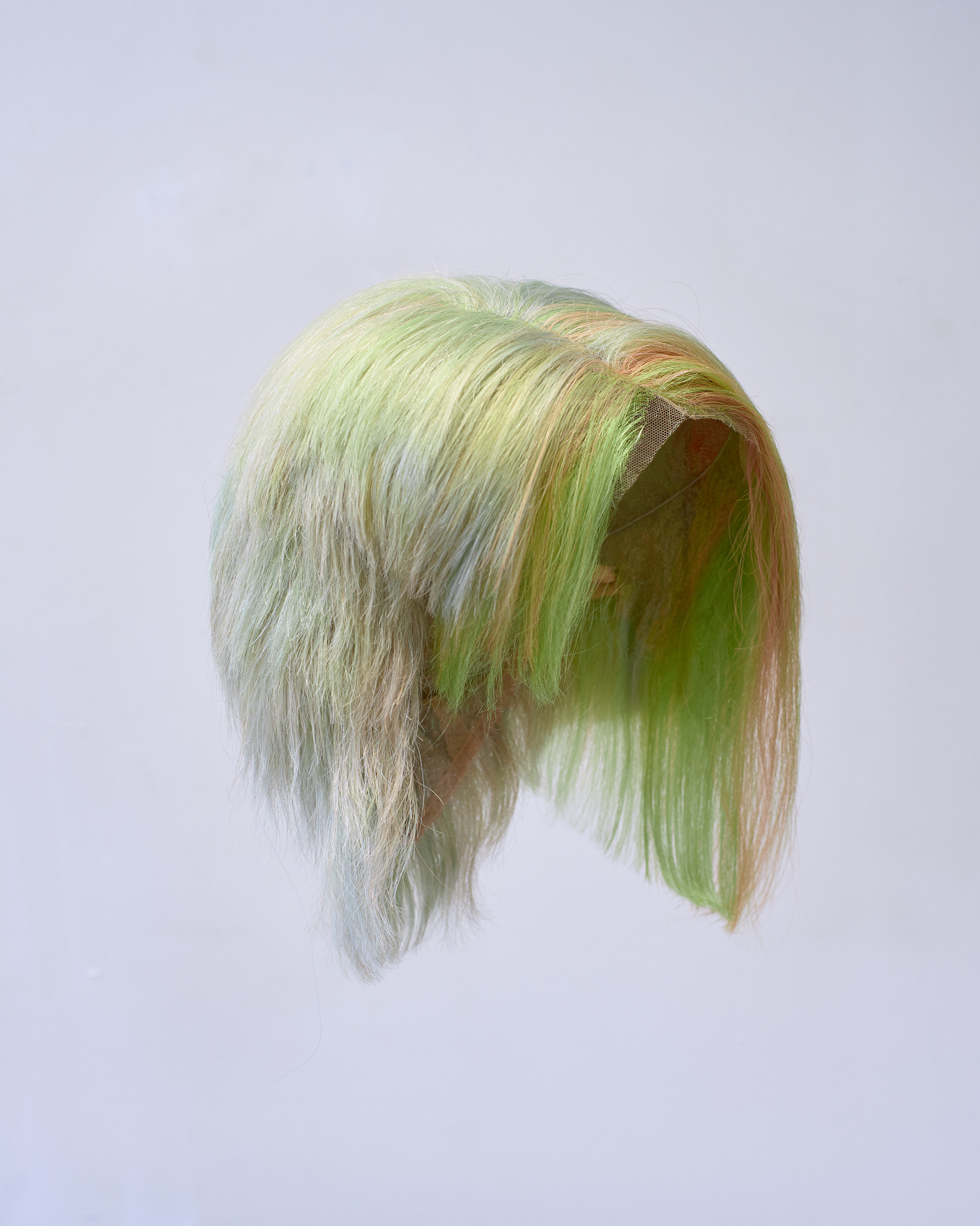
"We choose a hairstyle to express ourselves: our appearance is important to define who we are, attract, disguise, entertain or play a social role. A wig is designed to make a definite impression upon others, but also to conceal the true nature of an individual," writes Kono.
